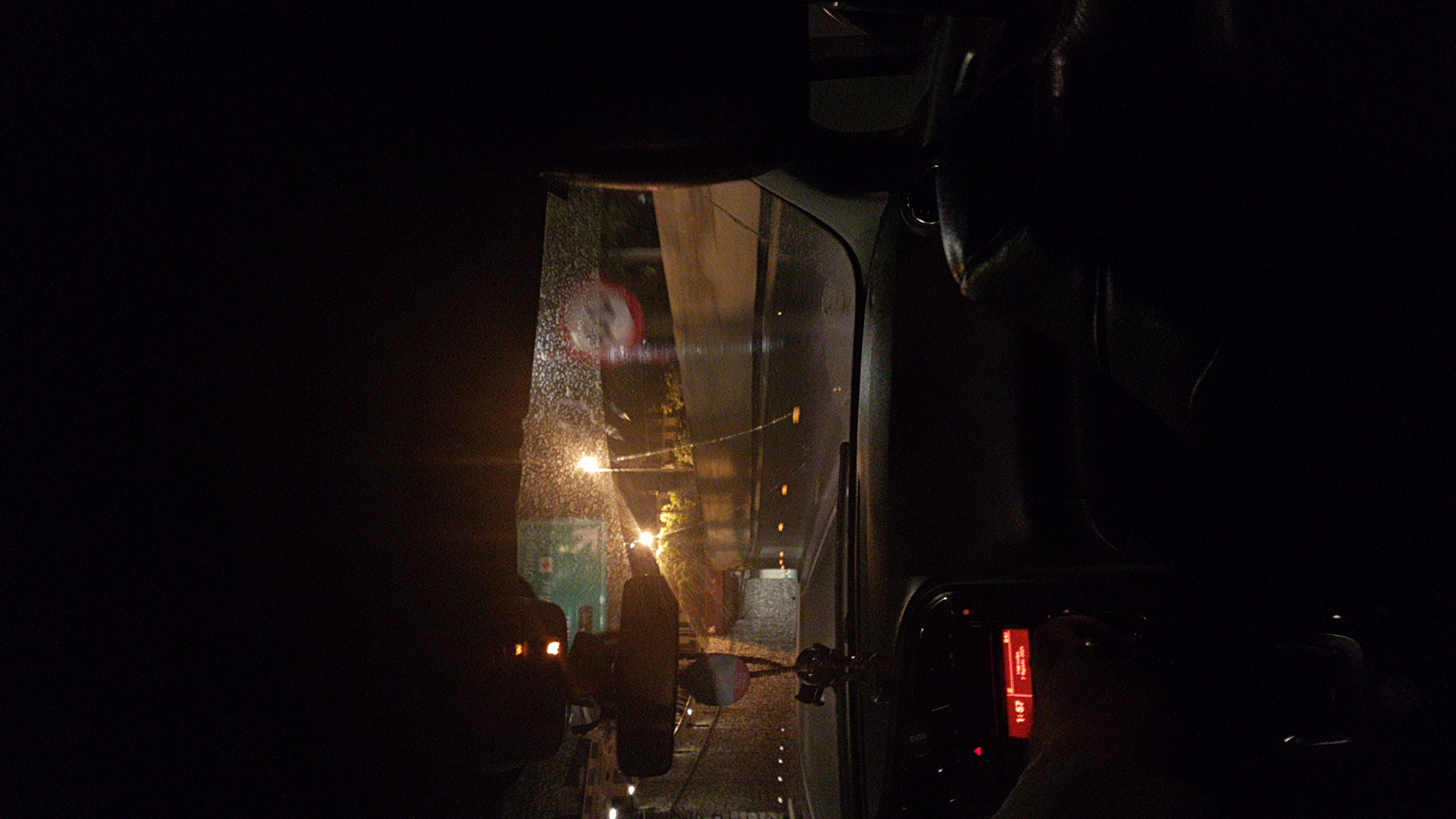Blood
Cards (37)
- What are the main components of blood?
- What percentage of blood is plasma?
- What percentage of blood is made up of white blood cells and platelets?
- What percentage of blood is made up of red blood cells?
- What are the types of blood cells and their characteristics?
- Where are erythrocytes produced?
- What are the two types of lymphocytes?
- Where do B-Cells develop?
- Where do T-Cells develop?
- What is the function of B-Cells?
- What is the function of T-Cells?
- What is the primary function of neutrophils?
- What is the shape of a monocyte's nucleus?
- What is the function of macrophages?
- What role do platelets play in the body?
- What is the composition of plasma?
- What are the three types of blood vessels and their functions?
- What is the structure of arteries?
- What is the structure of veins?
- What is the structure of capillaries?
- What is the function of the endothelium in blood vessels?
- What is the role of valves in veins?
- What is the significance of the lumen in blood vessels?
- How do arteries cope with high pressure blood flow?
- What is the function of collagen fibers in blood vessels?
- What is the role of elastic fibers in arteries?
- What is the function of fibrinogen in plasma?
- How does blood help with temperature regulation?
- Erythrocytes (RBC)
- Leucocytes (WBC)
- B-Cells
- T-Cells
- Platelets
- Platelets structure
- Neutrophils structure
- Neutrophils function
- Monocytes function
See similar decks
2.2.3 Blood
AQA GCSE Biology > Unit 2: Organisation > 2.2 Animal Tissues, Organs, and Organ Systems102 cards2.2.3 Blood
GCSE Biology > Unit 2: Organisation > 2.2 Animal Tissues, Organs, and Organ Systems85 cards8.1.3 Blood Components
Edexcel GCSE Biology > Topic 8: Exchange and Transport in Animals > 8.1 Circulatory System55 cards7.3.4 Blood Vessels and Circulation
Edexcel A-Level Biology > Topic 7: Run for Your Life > 7.3 Cardiovascular System75 cards7.1.2 Blood Glucose Regulation
Edexcel GCSE Biology > Topic 7: Animal Coordination, Control and Homeostasis > 7.1 Hormonal Coordination36 cards7.4.3 Blood Glucose Regulation
Edexcel A-Level Biology > Topic 7: Run for Your Life > 7.4 Homeostasis and Exercise89 cards3.2.2 Blood vessels
OCR A-Level Biology > Module 3: Exchange and transport > 3.2 Transport in animals59 cards5.3.2 Control of Blood Glucose Concentration
GCSE Biology > Unit 5: Homeostasis and Response > 5.3 Hormonal Coordination in Humans37 cards1.7.3 Blood Clotting
Edexcel A-Level Biology > Topic 1: Lifestyle, Health and Risk > 1.7 Cardiovascular Disease (CVD)58 cards1.1.2 Blood Vessels
Edexcel A-Level Biology > Topic 1: Lifestyle, Health and Risk > 1.1 The Cardiovascular System122 cards1.1.3 Blood Composition
Edexcel A-Level Biology > Topic 1: Lifestyle, Health and Risk > 1.1 The Cardiovascular System90 cards2.2.3 Blood
OCR GCSE Biology > B2: Scaling Up > 2.2 The Challenges of Size27 cards1.4.1 Components of Blood
WJEC GCSE Biology > Unit 1: Cells, Organ Systems, and Ecosystems > 1.4 Circulatory System in Humans37 cards7.4.3 Blood Glucose Regulation
Edexcel A-Level Biology > Topic 7: Run for Your Life > 7.4 Homeostasis and Exercise97 cards3.2.2 Control of Blood Glucose
OCR GCSE Biology > B3: Organism Level Systems > 3.2 Coordination and Control – The Endocrine System68 cards6.4.2 Control of Blood Glucose Concentration
AQA A-Level Biology > 6. Organisms Respond to Changes in Their Internal and External Environments > 6.4 Homeostasis59 cards7.3.4 Blood Vessels and Circulation
Edexcel A-Level Biology > Topic 7: Run for Your Life > 7.3 Cardiovascular System114 cards2.2.2 The Heart and Blood Vessels
AQA GCSE Biology > Unit 2: Organisation > 2.2 Animal Tissues, Organs, and Organ Systems55 cards2.2.2 The Heart and Blood Vessels
GCSE Biology > Unit 2: Organisation > 2.2 Animal Tissues, Organs, and Organ Systems98 cards6.4.3 Control of Blood Water Potential
AQA A-Level Biology > 6. Organisms Respond to Changes in Their Internal and External Environments > 6.4 Homeostasis42 cards1.4.3 Blood Vessels
WJEC GCSE Biology > Unit 1: Cells, Organ Systems, and Ecosystems > 1.4 Circulatory System in Humans60 cards
